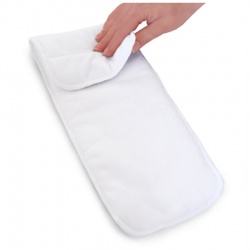How To Dry Your Reusable Nappies
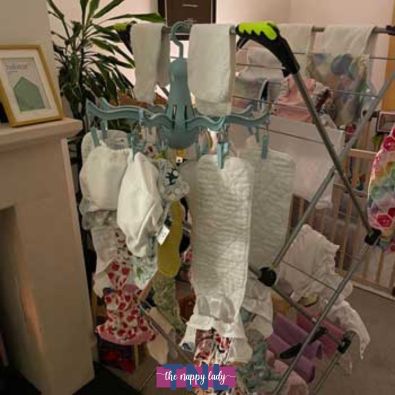
Many parents worry about the right way to dry their reusable nappies. You have many options each offering different drying speeds.
The best ways to dry your nappies:
- Outside on the line - the sun is a natural bleach.
- Ceiling drying rack - (aka Sheila Maid)
- Airing cupboard.
- In front of an Aga or other similar
- Freestanding or overbath dryer
- Tumble drier
- Near a radiator
Choosing Your Reusable Nappies Based On Your Drying Facilities
Drying cloth nappies need not be difficult, but does require some thought, especially in areas with unreliable weather or where drying facilities are limited. Limited drying facilities can be one of the most significant constraints on the choice of suitable reusable nappy system. You should consider a drying option which best suits your current lifestyle, since it is unlikely that you are suddenly going to become keen on using the outside line, for instance, if you have not done so before.
FAQ's |
|---|
Why Have My Nappies Gone Hard?Air dried nappies can go a bit stiff in hard water areas. If you use fleece lined nappies this doesn't matter as the layer next to babies skin stays soft. Before air-drying your nappies, give them a good shake first, as this will soften them considerably. Equally, a shake when they are dry will also help. As soon as your baby wees, they soften up anyway. Air drying is always the preferred option to dry your nappies; it will maintain their lifespan by not adding the mechanical wear of tumble drying, and is more cost effective from a financial and environmental point of view. |
Which cloth nappies stay soft in a hard water area?If you live in a hard water area and don't have a tumble drier to soften your nappies then a fitted nappy with a stretchy material such as Mother-ease cotton or microfibre nappies such as the Teddy will be your best choice. Any nappy that is fully fleece lined such as the Bumble or a pocket nappy is a great choice as fleece always stays soft and will be a barrier between baby's skin and any harder fabric underneath. |
Can I use a heated airer for my cloth nappies?Yes you can. Heated airers generally don't get anywhere as hot as a radiator so they are safe for drying cloth nappies on. To dry all in one nappies on a heated airer I'd recommend you place another piece of material (like a tea towel or muslin) between the airer and nappy. This gives your delicate waterproof PUL additional protection from getting too hot. |
Can I put washable nappies in the tumble dryer?Yes you can. Reusable nappies can be dried in a tumble dryer on low. |
Can you tumble dry all in one nappies?Yes you can dry all in one nappies in a tumble dryer BUT it must absolutely be on low. If at all possible try to keep tumble drying an absolute minimum for any waterproof PUL covers which includes all in ones. |
Our best selling nappies that stay soft in a hard water area
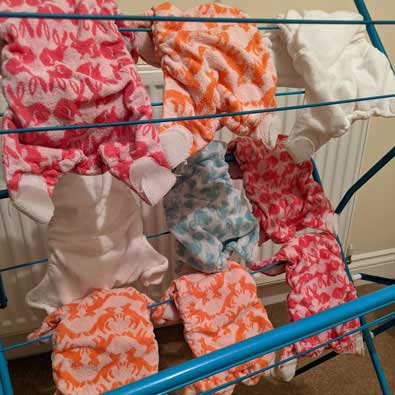
In-depth advice for each nappy drying method
Outdoor Drying
If you have a rotary drier outside, you could consider one of those plastic covers which enable you to hang washing out to dry even if it is raining.
On a rotary drier, in damp air the washing will take a long time to dry, unless it is pretty windy.
An old-fashioned long line high up on a pulley system is by far the fastest way to dry anything outdoors, as it lifts the nappies out of the shelter of the garden and right into good air currents.
One advantage of outside drying is that the sun (if it shines!) is a natural bleach, which can work wonders on stains.
Ceiling Airers and Similar
A ceiling airer is by far the most practical indoor air drying method, as you can dry a large number of nappies or any other clothes, well out of everyone's way, with plenty of room for warm air to circulate. If you do not have one, but have a space where it would be practical to install one, I recommend you take a look at Sheilamaid.
Many modern houses, however, do not have the high ceilings that a ceiling airer requires, or indeed it may simply look out of place. Lakeland Limited offer a number of solutions at a good price: a traditional ceiling airer, a wall-mounted bespoke airer (which telescopes away).
Airing Cupboard
If it is a warm one, using an airing cupboard to dry your nappies is ideal, as long as you can keep one rack free, so you can hang the nappies over the slats - spread out as much as possible.
The airing cupboard will prove especially useful in the winter months, when the central heating is on.
In the summer months, or if heavily insulated, the lack of warmth and of air movement might not make it your first choice.
Aga Drying
With an Aga or similar, you will no doubt have a permanently warm kitchen. Combine a range cooker with a ceiling airer, and there really is no need for a tumble drier!
As with drying on a radiator, turning over the nappies periodically will speed their drying considerably. Try to avoid putting too many on at once.
Tumble Drying Reusable Nappies
Reusable nappies can be dried in a tumble dryer on low.
Using a tumble dryer makes nappies feel nice and soft, but works out expensive and also shortens the life span of your nappies by taking out the pile gradually. When you empty the fluff from your tumble dryer filter, that fluff is lost fabric fibres and therefore lost absorbency. If at all possible tumble drying should be avoided for any waterproof PUL covers which includes all in ones.
You could give your nappies no more than 10 minutes in the tumble drier and then finish them off in one of the other ways listed. This way you get some of the softness without the cost.
Tumble Dryer Tips
-
To speed drying times, put a dry towel in with the nappies, as this absorbs the condensation the nappies produce.
-
Try to avoid putting too many nappies in the drier at one time, in order to keep the drying time down.
Combined washer/drier
- If you intend to use the drier, you will need to empty the washing machine after it has finished, and shake the nappies before putting them back in. Otherwise, some will tend to stick to the side after the last spin cycle, and these will not dry easily.
- You may need to split them into two loads to dry, as the drying capacity of these machines is much lower than the washing capacity.
Regular tumble drying of cloth nappies largely outweighs the environmental benefits of reduced landfill, so should be avoided if this is a major concern.
Radiator Drying
Radiators offer a good direct source of heat at minimal extra cost, as in the winter you are likely to have the heating on anyway.
It isn't recommended to dry your nappies directly on the radiator, as it can get too hot and may burn your nappy fabrics, especially delicate bamboo and PUL.
Instead, you can put your nappies on a clothes horse in front of the radiator, or invest in the small airers that hook over the top of the radiator.
Dehumidifiers
An electric dehumidifier can be really useful for families living in small damp houses and flats where there's no room for a tumble dryer.
It is usually more cost effective than a tumble dryer and can either be run all the time to try to keep the whole house drier, or just run when washing is drying.
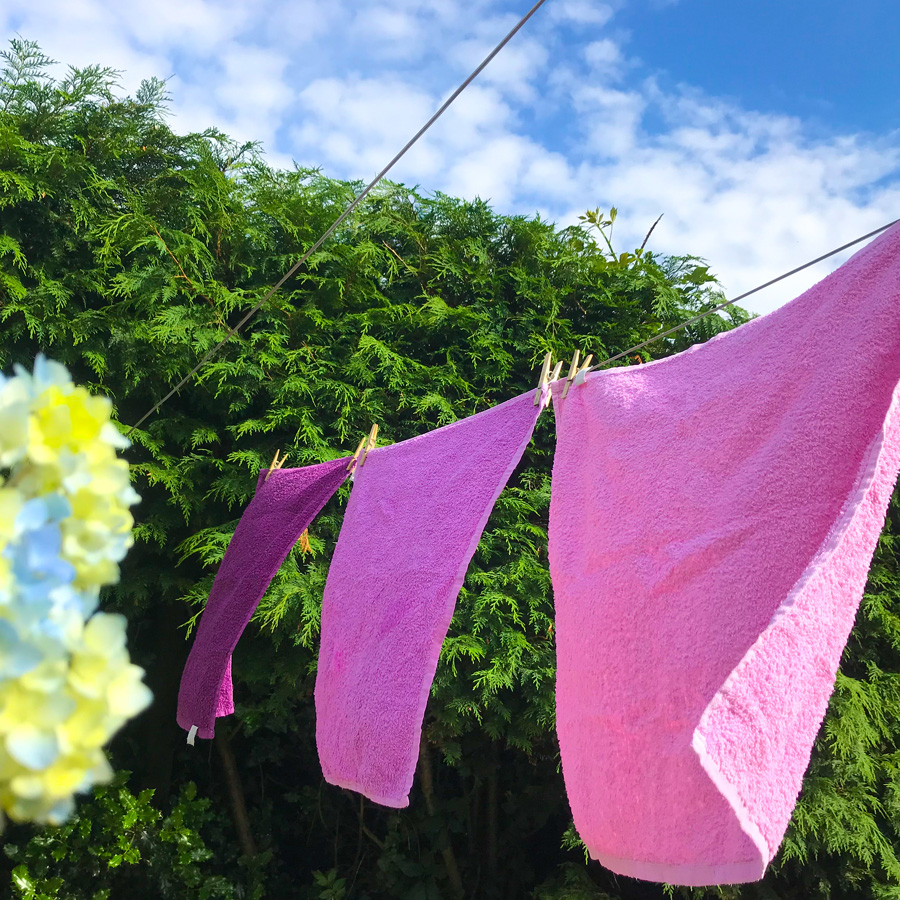
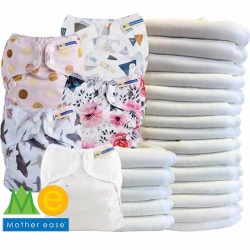
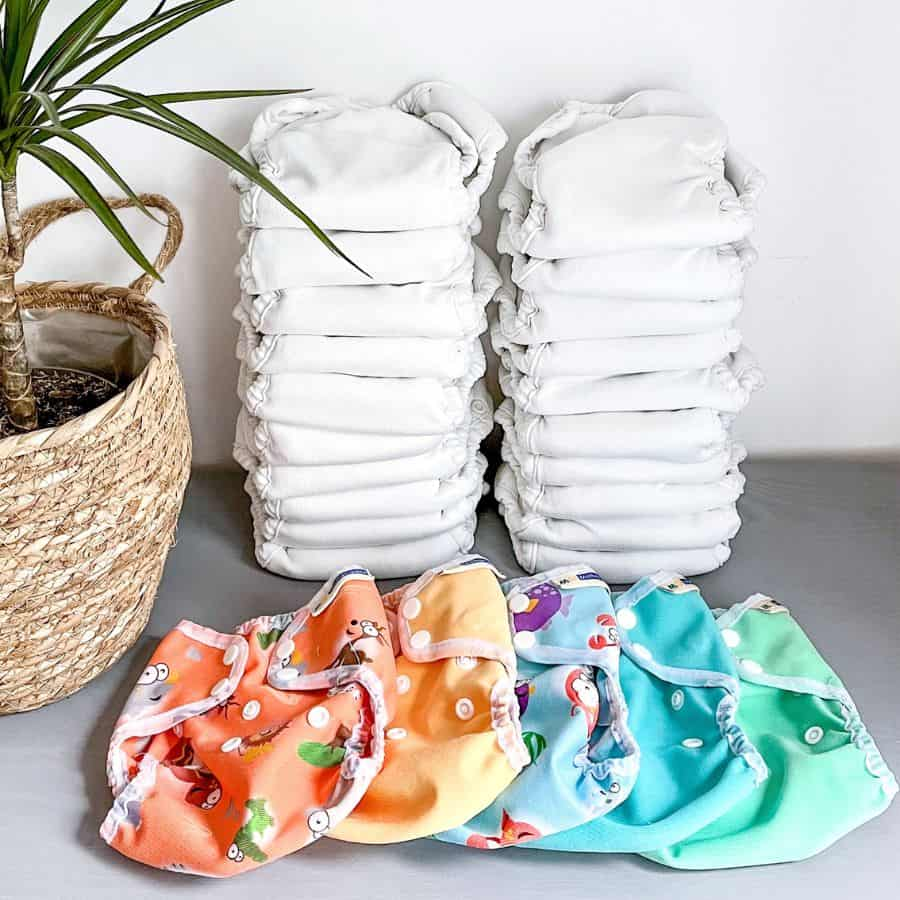
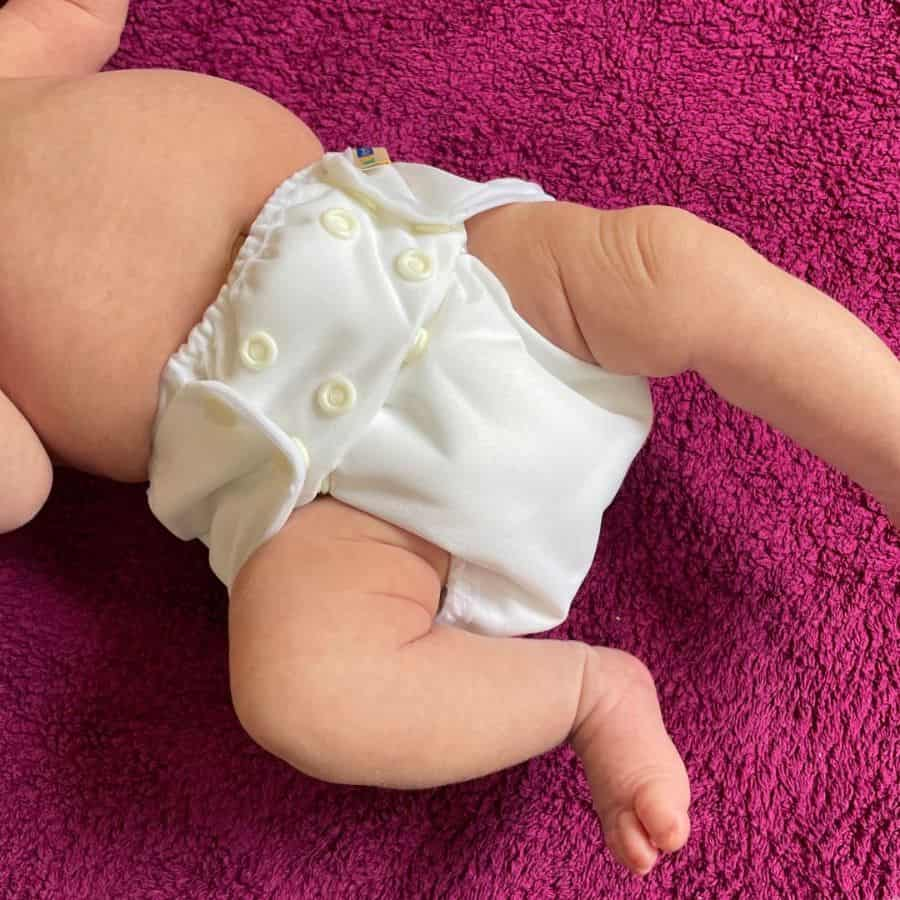
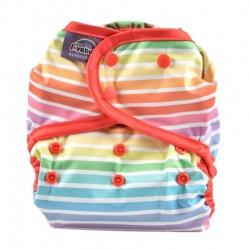
.jpg)
.jpg)
.jpg)
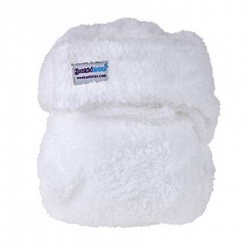
.jpg)
.jpg)
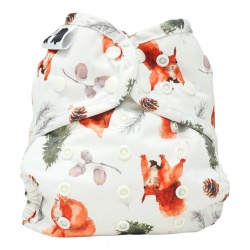
.jpg)
.jpg)
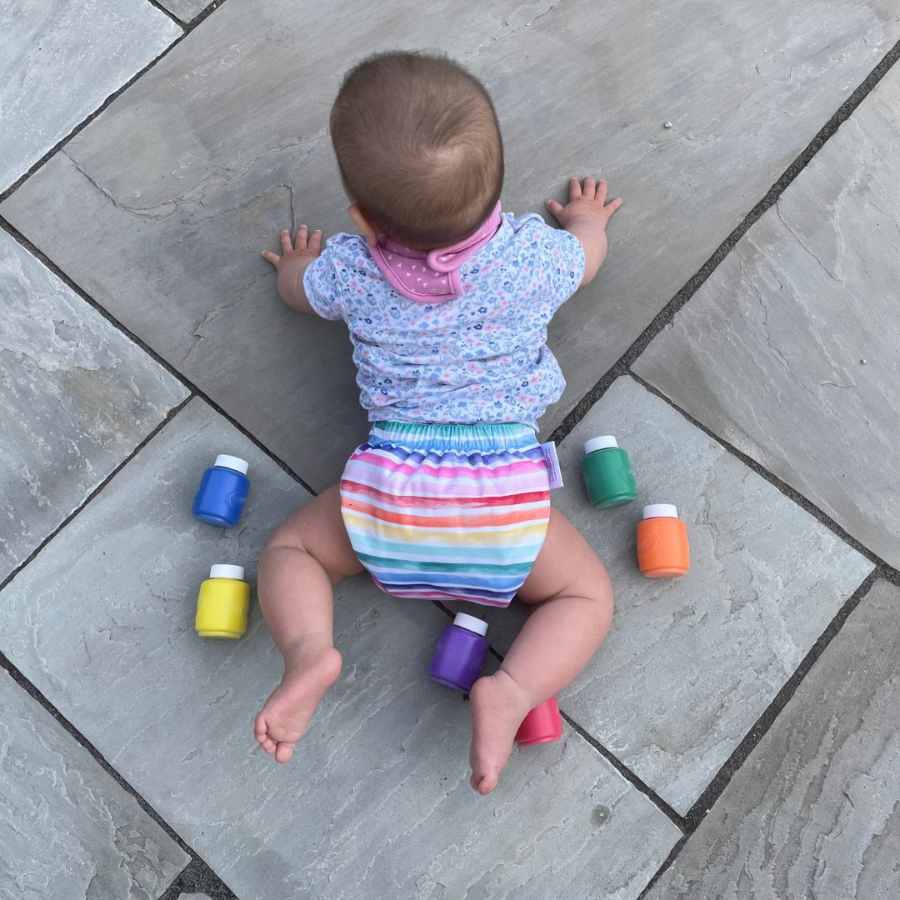

.jpg)
.jpg)
.jpg)
